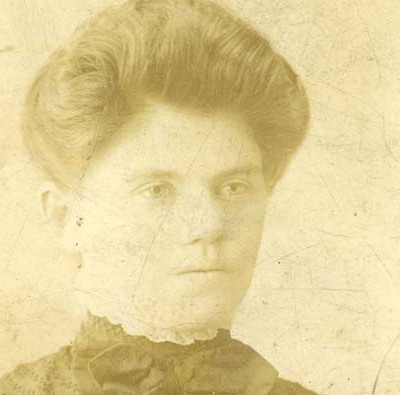
A fourth-generation blacksmith, Hyman David Blum (1883-1971) immigrated to New York from Latvia in the early 1900s. Uninspired by the available commissions, he moved to Pittsburgh about 1908, seeking work in the heart of the iron and steel industries.
Hyman Blum married Celia Chosak. They had four children, Rebecca, Max, Harry and Louis.
In Pittsburgh, Hyman Blum founded the Star Ornamental Iron & Wire Company and worked on residential projects, such as fire escapes and cellar doors. In the late 1920s, Blum and his sons renamed the business the Hyman Blum Company and pursued commissions from local architects. “A person has to love the work and be willing to give the craft study, long hours, and infinite patience,” Blum told the Pittsburgh Press in 1939.
The Hyman Blum Company became Blumcraft in 1946 and moved to a warehouse on Melwood Street, in north Oakland. The metalworking firm became internationally known and respected. The company created fixtures for the White House, I. M. Pei’s Louvre Pyramid in Paris, and dozens of other buildings across six continents. Locally, Blumcraft fixtures have adorned the Russian National Room at the Cathedral of Learning, St. Paul’s Cathedral in Oakland, the Jewish Community Center in Squirrel Hill, and many Pittsburgh homes.
World War II temporarily changed the focus of the company from decorative elements to military contracts. After the war, Blumcraft made a determined effort to employ Jewish refugees. A California company acquired Blumcraft in 2010 and closed the Pittsburgh facility.
Louis Blum (1909-2004), a cellist, met his wife, Eve Young, at the YM&WHA, where they were both members of its orchestra. In the 1960s, Louis and Eve Blum chaired the Y Music Society, which hosted many young performers who later became well known, such as Andres Segovia, Nathan Milstein and Zino Francescatti.
For many years, Louis Blum had a regular poker game with Allen Berkman, Irving Gruber and Alexander Speyer Jr.